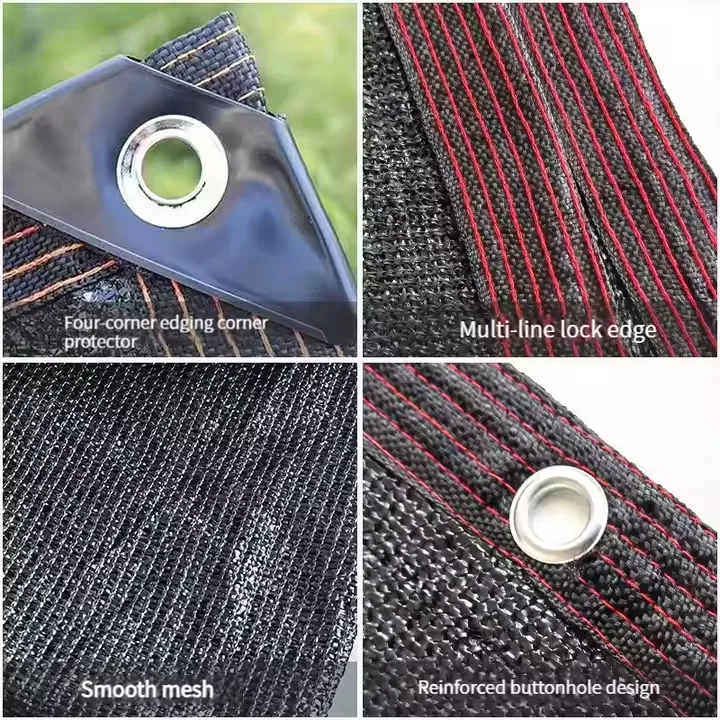-
 Afrikaans
Afrikaans -
 Albanian
Albanian -
 Amharic
Amharic -
 Arabic
Arabic -
 Armenian
Armenian -
 Azerbaijani
Azerbaijani -
 Basque
Basque -
 Belarusian
Belarusian -
 Bengali
Bengali -
 Bosnian
Bosnian -
 Bulgarian
Bulgarian -
 Catalan
Catalan -
 Cebuano
Cebuano -
 China
China -
 Corsican
Corsican -
 Croatian
Croatian -
 Czech
Czech -
 Danish
Danish -
 Dutch
Dutch -
 English
English -
 Esperanto
Esperanto -
 Estonian
Estonian -
 Finnish
Finnish -
 French
French -
 Frisian
Frisian -
 Galician
Galician -
 Georgian
Georgian -
 German
German -
 Greek
Greek -
 Gujarati
Gujarati -
 Haitian Creole
Haitian Creole -
 hausa
hausa -
 hawaiian
hawaiian -
 Hebrew
Hebrew -
 Hindi
Hindi -
 Miao
Miao -
 Hungarian
Hungarian -
 Icelandic
Icelandic -
 igbo
igbo -
 Indonesian
Indonesian -
 irish
irish -
 Italian
Italian -
 Japanese
Japanese -
 Javanese
Javanese -
 Kannada
Kannada -
 kazakh
kazakh -
 Khmer
Khmer -
 Rwandese
Rwandese -
 Korean
Korean -
 Kurdish
Kurdish -
 Kyrgyz
Kyrgyz -
 Lao
Lao -
 Latin
Latin -
 Latvian
Latvian -
 Lithuanian
Lithuanian -
 Luxembourgish
Luxembourgish -
 Macedonian
Macedonian -
 Malgashi
Malgashi -
 Malay
Malay -
 Malayalam
Malayalam -
 Maltese
Maltese -
 Maori
Maori -
 Marathi
Marathi -
 Mongolian
Mongolian -
 Myanmar
Myanmar -
 Nepali
Nepali -
 Norwegian
Norwegian -
 Norwegian
Norwegian -
 Occitan
Occitan -
 Pashto
Pashto -
 Persian
Persian -
 Polish
Polish -
 Portuguese
Portuguese -
 Punjabi
Punjabi -
 Romanian
Romanian -
 Russian
Russian -
 Samoan
Samoan -
 Scottish Gaelic
Scottish Gaelic -
 Serbian
Serbian -
 Sesotho
Sesotho -
 Shona
Shona -
 Sindhi
Sindhi -
 Sinhala
Sinhala -
 Slovak
Slovak -
 Slovenian
Slovenian -
 Somali
Somali -
 Spanish
Spanish -
 Sundanese
Sundanese -
 Swahili
Swahili -
 Swedish
Swedish -
 Tagalog
Tagalog -
 Tajik
Tajik -
 Tamil
Tamil -
 Tatar
Tatar -
 Telugu
Telugu -
 Thai
Thai -
 Turkish
Turkish -
 Turkmen
Turkmen -
 Ukrainian
Ukrainian -
 Urdu
Urdu -
 Uighur
Uighur -
 Uzbek
Uzbek -
 Vietnamese
Vietnamese -
 Welsh
Welsh -
 Bantu
Bantu -
 Yiddish
Yiddish -
 Yoruba
Yoruba -
 Zulu
Zulu
Feb . 10, 2025 22:32
Back to list
24 mesh Anti-insect netting
Guardrail netting serves as an essential safety component in a diverse range of settings, from highways and construction sites to sports arenas and residential properties. As a dynamic solution that combines functionality with safety, guardrail netting has evolved in both application and material composition, enhancing its effectiveness and reliability.
The installation process of guardrail netting should not be understated, as improper setup could compromise its effectiveness. Professional installation guarantees that the netting is adequately tensioned and securely attached to the guardrail structure. Periodic maintenance checks are also advisable to ensure the integrity of the system, further solidifying the safety offered. Integrating guardrail netting into existing safety protocols not only elevates the security standard but also demonstrates a proactive approach towards risk management. Industries and businesses that prioritize safety are often perceived as more authoritative and trustworthy, attracting clientele who value these attributes. This perception, supported by real-world effectiveness, reinforces the importance of choosing and maintaining high-quality guardrail netting systems. When selecting a guardrail netting supplier, it is crucial to consult with experts who can tailor solutions to specific needs, taking into consideration factors such as environmental exposure, required durability, and safety standards compliance. By partnering with knowledgeable suppliers, businesses can ensure that they are equipped with the most effective barrier solutions while adhering to necessary regulations and industry best practices. In conclusion, as industries evolve and safety standards become more stringent, the demand for reliable and versatile safety solutions like guardrail netting continues to grow. Those who adopt these advanced systems not only bolster their safety measures but also enhance their reputation and operational efficiency. Investing in guardrail netting thus represents both a safety imperative and a strategic advantage in today's competitive landscape.


The installation process of guardrail netting should not be understated, as improper setup could compromise its effectiveness. Professional installation guarantees that the netting is adequately tensioned and securely attached to the guardrail structure. Periodic maintenance checks are also advisable to ensure the integrity of the system, further solidifying the safety offered. Integrating guardrail netting into existing safety protocols not only elevates the security standard but also demonstrates a proactive approach towards risk management. Industries and businesses that prioritize safety are often perceived as more authoritative and trustworthy, attracting clientele who value these attributes. This perception, supported by real-world effectiveness, reinforces the importance of choosing and maintaining high-quality guardrail netting systems. When selecting a guardrail netting supplier, it is crucial to consult with experts who can tailor solutions to specific needs, taking into consideration factors such as environmental exposure, required durability, and safety standards compliance. By partnering with knowledgeable suppliers, businesses can ensure that they are equipped with the most effective barrier solutions while adhering to necessary regulations and industry best practices. In conclusion, as industries evolve and safety standards become more stringent, the demand for reliable and versatile safety solutions like guardrail netting continues to grow. Those who adopt these advanced systems not only bolster their safety measures but also enhance their reputation and operational efficiency. Investing in guardrail netting thus represents both a safety imperative and a strategic advantage in today's competitive landscape.
Latest news
-
Shipping Plastic Bags for Every NeedNewsJul.24,2025
-
Safety Netting: Your Shield in ConstructionNewsJul.24,2025
-
Plastic Mesh Netting for Everyday UseNewsJul.24,2025
-
Nylon Netting for Every UseNewsJul.24,2025
-
Mesh Breeder Box for Fish TanksNewsJul.24,2025
-
Expanded Steel Mesh Offers Durable VersatilityNewsJul.24,2025











